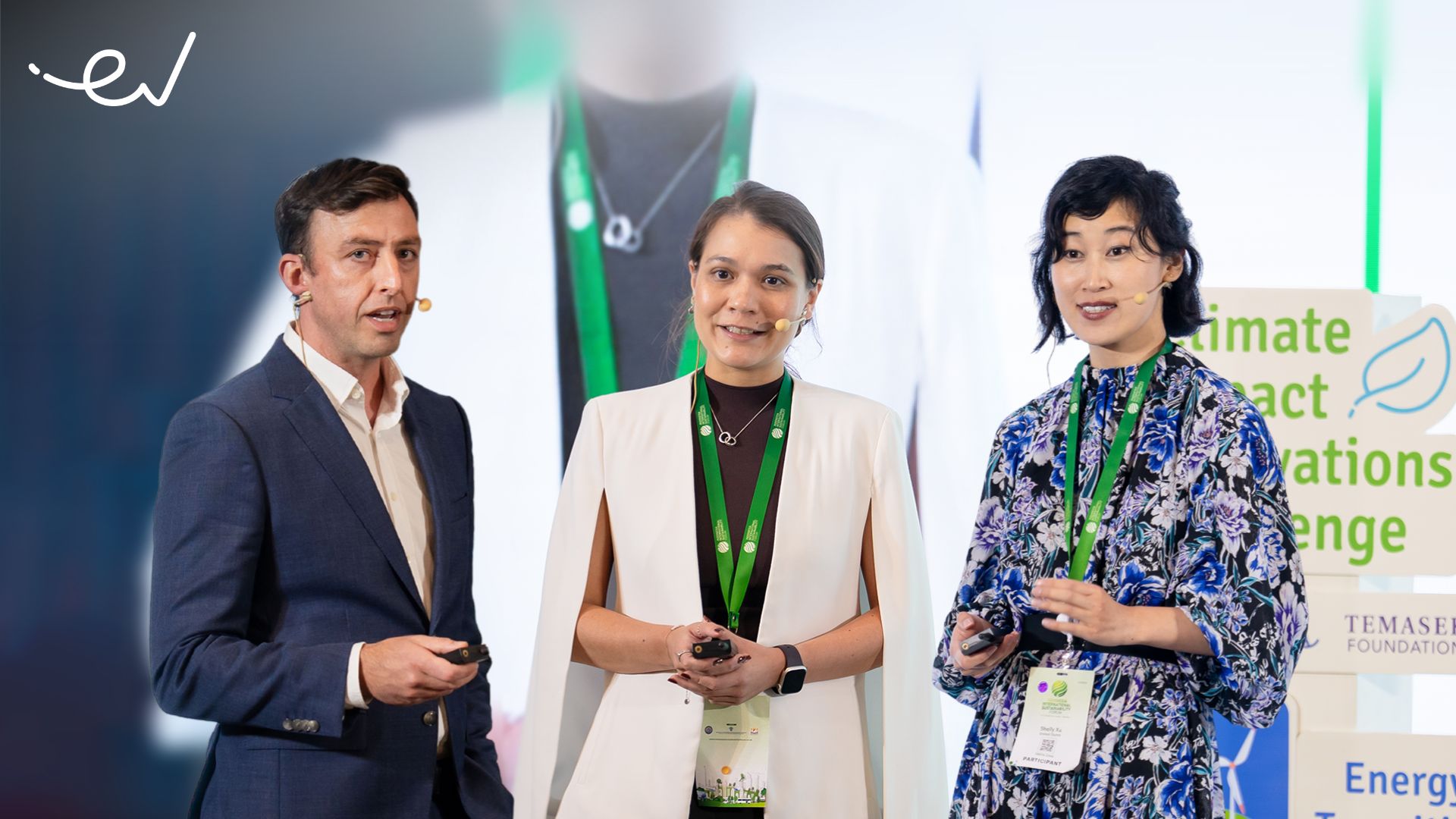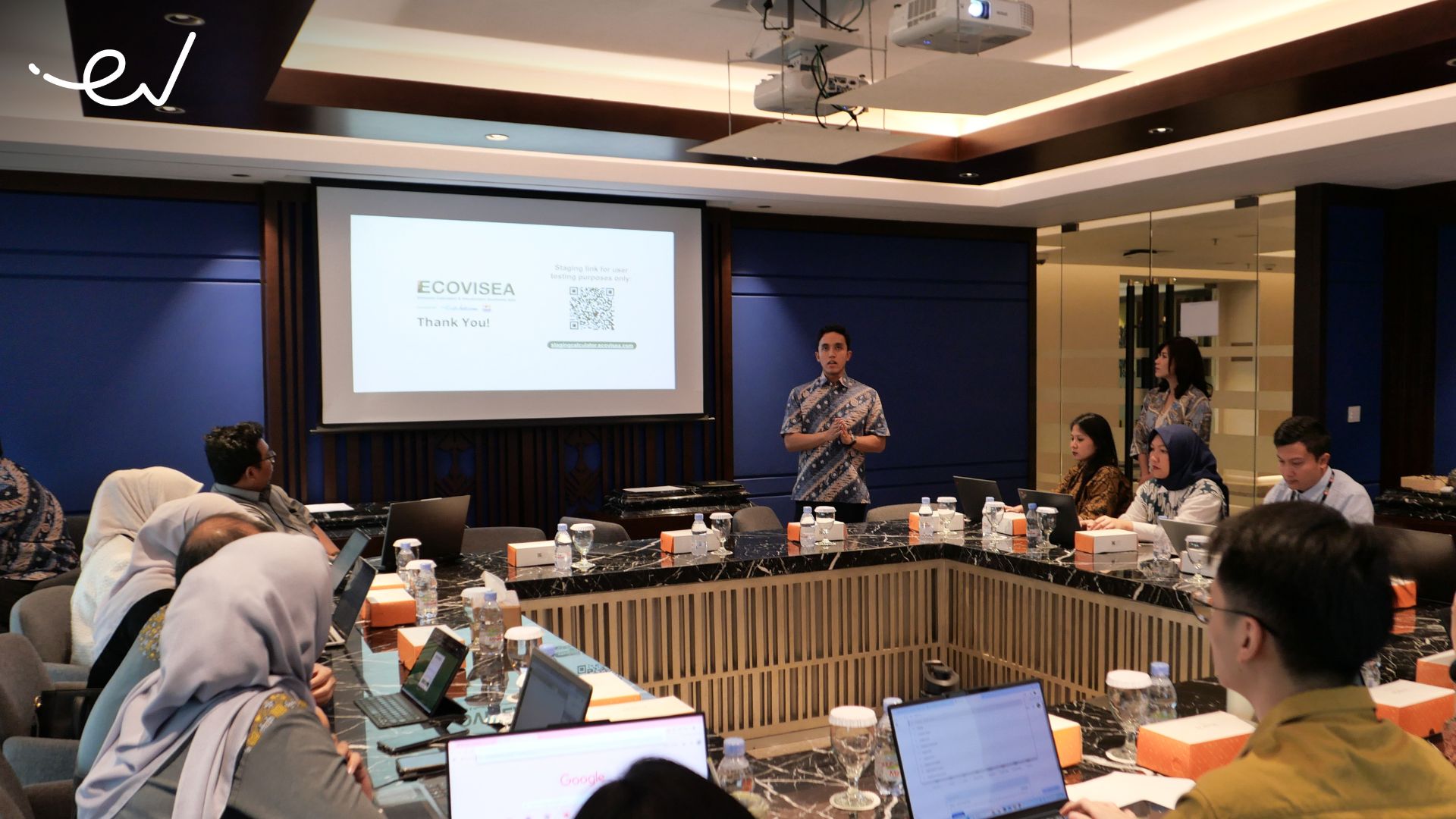In today’s global business climate, corporate responsibility has evolved beyond financial performance to include fundamental environmental impact.
The practice of measuring and managing greenhouse gas (GHG) emissions is no longer a niche activity for energy-intensive industries; it has become a mainstream expectation for companies of all sizes and sectors.
Driven by growing pressure from investors, consumers, and supply chain partners who demand greater transparency and climate accountability, this global trend cannot be overlooked.
To ultimately achieve the nation’s goal of reaching Net Zero Emissions by 2060, and with the recent launch of the Indonesia Carbon Exchange (IDXCarbon), a clear market-based mechanism for emissions is taking shape. For any company in Indonesia seeking to enhance its competitiveness, the essential first step is to accurately calculate its carbon footprint using a credible and standardized approach.
The globally recognized standard for measuring and managing corporate climate impact is the GHG Protocol, which provides a standardized framework for companies to calculate their carbon footprint.
Companies in Indonesia are strongly encouraged to follow this protocol as it provides a clear, structured framework and instructions for accurately identifying, measuring, and reporting their GHG emissions.
Adopting the GHG Protocol offers significant benefits beyond regulatory compliance. It enhances a company’s reputation, leads to cost savings by identifying and correcting inefficiencies in energy use, improves risk management for future climate-related policies, and increases access to green finance from investors who require sustainability data.
What are scope 1, 2, and 3 emissions?
To simplify accounting, the GHG Protocol categorizes a company’s emissions into three distinct “scopes”. While this process is structured, each scope presents different challenges, particularly as companies move from direct to indirect emissions. The definitions, examples, and key challenges for each scope are outlined in the table below.
For most businesses, scope 3 constitutes the largest portion of their carbon footprint. According to an MIT report, it accounts for 75% of a company’s overall emissions, on average, which may pose the biggest challenge for companies.
Despite that, scope 3 emissions are often under-reported due to the challenging data collection that stems from the intricate value chain of a company. In East Ventures’ recent insight, we did a deep dive into why this happens and why it is crucial for companies not to miss.
How to calculate a company’s emissions: A step-by-step guide
Calculating a carbon footprint follows a fundamental formula: GHG Emissions = Activity data x Emission factor. “Activity data” is a quantifiable measure of a business activity (e.g., liters of fuel used), while an “Emission factor” converts this data into a GHG emissions equivalent (e.g., kg of CO₂ per liter of fuel).
The implementation process involves four key steps:
1. Set your boundaries
First, define the “organizational boundary” (which parts of the business to include, often using a “control” approach) and the “operational boundary” (identifying all emission sources and categorizing them into scopes 1, 2, and 3).
2. Collect your data
This is the most time-intensive step. For a full year, companies must gather activity data. This includes fuel purchase records for scope 1, monthly electricity bills for scope 2, and data on purchased goods, business travel, or waste disposal for scope 3.
3. Find emission factors and calculate
Use reliable emission factors from sources where possible. Key Indonesian sources include the Ministry of Environment/Environmental Control Agency through its National Registry System for Climate Change Control (SRN PPI) and the Ministry of Energy and Mineral Resources for grid-specific electricity factors, or international databases like the Intergovernmental Panel on Climate Change (IPCC). This data is then used to calculate the emissions for each activity.
4. Report, verify, and set targets
Once the GHG inventory is calculated, it should be compiled into a transparent report. For increased credibility, companies can have this data verified by a third party.
This inventory helps identify “hotspots”—the largest sources of emissions—allowing the company to set specific reduction targets and develop actionable strategies, such as purchasing the Renewable Energy Certificate (REC) to address scope 2 emissions or engaging suppliers to improve efficiency and lower scope 3 impact.
By embracing the GHG Protocol framework, Indonesian businesses can effectively measure, manage, and reduce their environmental impact, building resilience and demonstrating leadership in the transition to a low-carbon economy.
ECOVISEA, a free tool to calculate your carbon emissions
Many companies still struggle to begin calculating their GHG emissions, simply because they lack the necessary tools and software. ECOVISEA is here to help entrepreneurs and business owners alike, regardless of industry.
ECOVISEA, which stands for Emission Calculator & Visualization Southeast Asia, is a free web-based greenhouse gas calculator launched by East Ventures and the Indonesian Chamber of Commerce and Industry (Kadin Indonesia).
It helps companies calculate and measure their environmental impact. It allows companies to accurately measure, manage, and reduce their emissions, encompassing all three scopes of GHG emissions, created based on the GHG Protocol: Corporate Standard.
Through ECOVISEA, you transform a daunting compliance task into a strategic advantage, ensuring your GHG reporting is not only accurate and verifiable but also a powerful tool for driving efficiency and sustainable growth in the region’s economy.
Companies can navigate to ecovisea.com to register their accounts and start calculating their GHG emissions. Upon verification, companies can upload their data to gain immediate access to the results, which are presented through clear datasets and visual representations.







